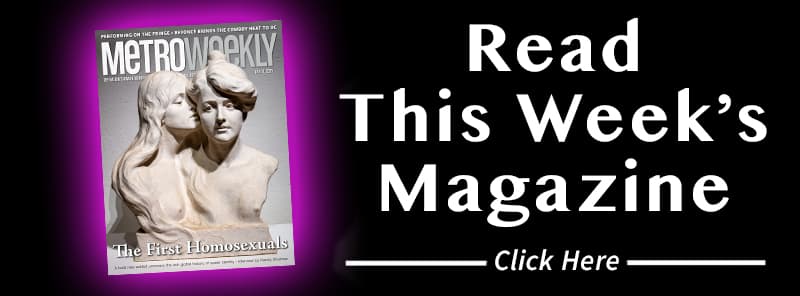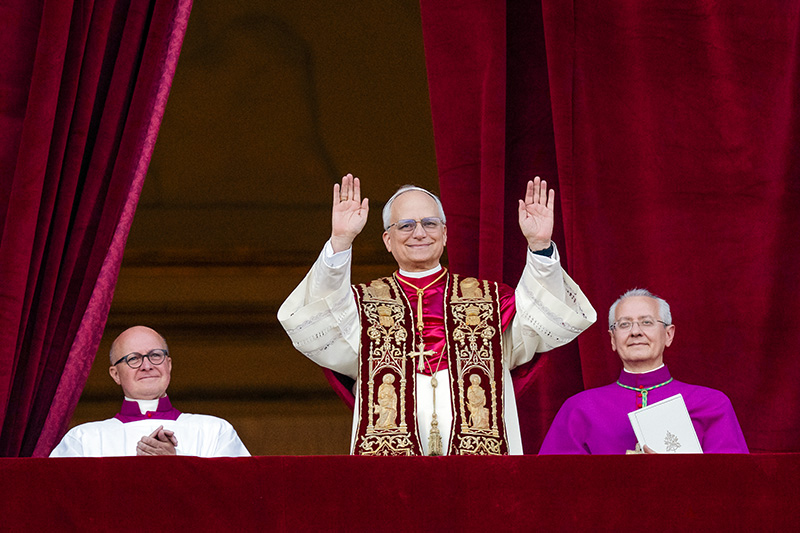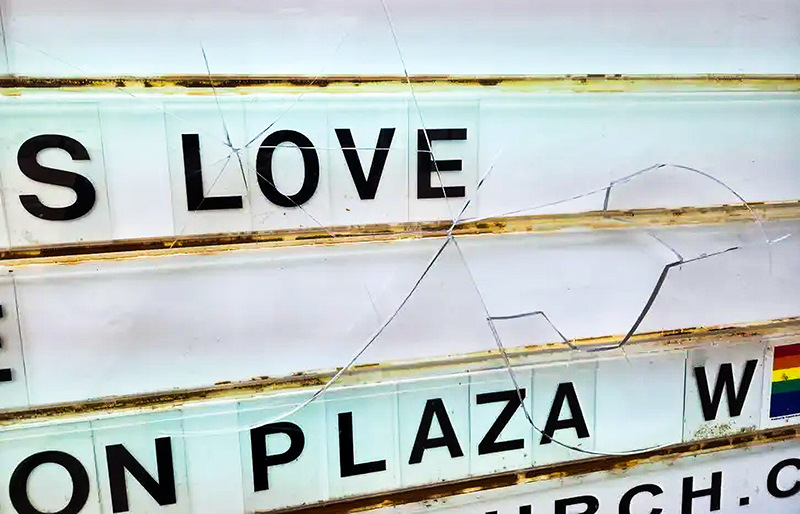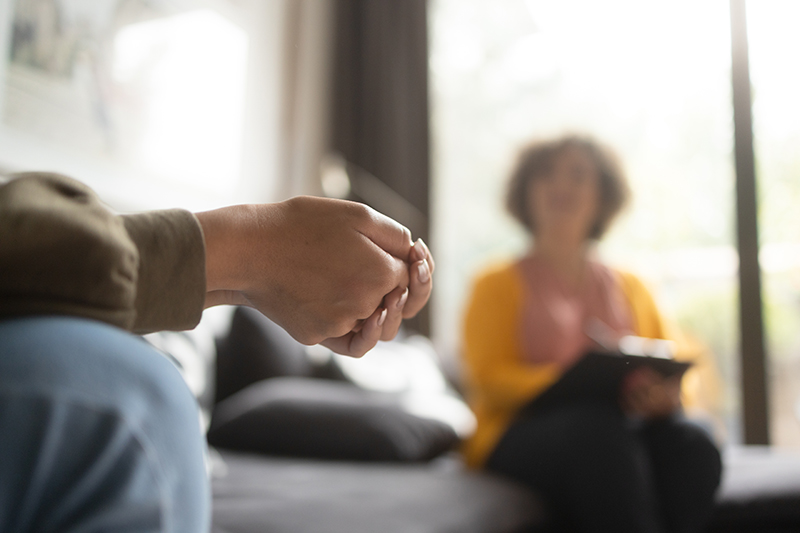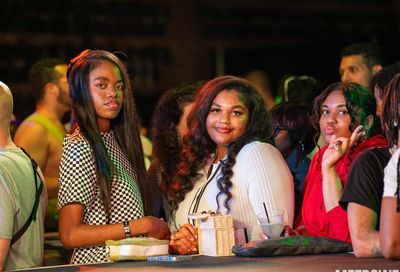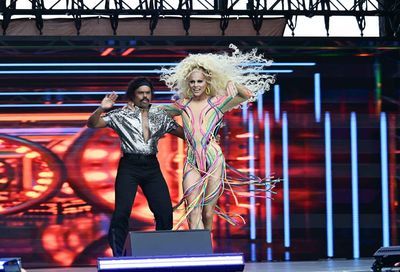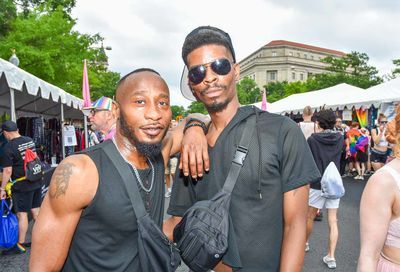D.C. Is Tops in Gallup's LGBT Tally
District bests all 50 states for highest percentage of LGBT residents, while Maryland and Virginia sit below national average
An analysis of recent Gallup polls surveying those who identify as lesbian, gay, bisexual or transgender has found the District has the highest percentage in the United States of self-identified LGBT people, who comprise 10 percent of its population.
In the 50 states, the percentage of adults who responded that they identify as LGBT ranged from 1.7 percent in North Dakota to 5.1 percent in Hawaii, according to findings from a new study released by Gallup’s editor-in-chief, Frank Newport, and Gary J. Gates of the Williams Institute, a policy think tank at the law school of the University of California, Los Angeles (UCLA), which focuses on sexual orientation and gender identity. Most states are within two percentage points of the national average of 3.5 percent.
”These new first-of-their-kind estimates of the percentage of adults who self-identify as LGBT in all 50 states and the District of Columbia constitute a significant advancement in our understanding of the LGBT population,” Gates said in a press release revealing the results of the study.
More than 206,000 adult Americans were surveyed for the study, with sample sizes in 41 of 50 states exceeding 1,000.
The study found that states with higher proportions of LGBT residents tend to have LGBT-supportive legal climates. With the exception of South Dakota, each of the states with an LGBT population above 4 percent has laws prohibiting discrimination based on sexual orientation or gender identity, and have either recognized same-sex marriage, civil unions or domestic partnerships. And even in South Dakota, which bans recognition of any same-sex relationships, the constitutional amendment that put in place that ban passed in 2006 with only 51.83 percent of the vote – a lower margin of support than some ”blue” or swing states, such as Ohio, Michigan, Wisconsin, Oregon and California.
The top 10 jurisdictions with the highest percentages of LGBT residents are: D.C., Hawaii, Vermont, Oregon, Maine, Rhode Island, Massachusetts, South Dakota, Nevada and California. The 10 states with the lowest percentages of LGBT residents are, from highest to lowest: Iowa, Alabama, Pennsylvania, Nebraska, Idaho, Utah, Tennessee, Mississippi, Montana and North Dakota. Of the bottom 10, only Iowa recognizes same-sex marriage, or any type of same-sex couples.
Maryland, which allows same-sex marriage, came in below the national average, with 3.3 percent of the population identifying themselves as LGBT. Virginia, which has almost no laws protecting LGBT individuals, also came in below average, with 2.9 percent of respondents identifying as LGBT.
But researchers in the study also noted that measuring sexual orientation and gender identity are difficult to measure because the Gallup survey relies largely on self-identification, and does not measure past or present sexual behavior. The other limitation from the survey is that it is not possible to break down differences within the groups comprising the LGBT community.
In an interview with Metro Weekly, Gates expounded upon the trend identified by researchers showing that states more legally and socially accepting had higher percentages of self-identified LGBT people. He said he believes it was more a social construct and social acceptance within a state that made it possible for respondents to identify as LGBT.
”The factor here is probably more about social climate than it is about mobility,” Gates said, noting that other studies of the LGBT community have found that gay people are as likely as straight people to live in the same place they did when they were teenagers.
Gates added that other studies showing the LGBT community skews female, younger and non-white would back up his theory that LGBT distribution is less influenced by migration, as those groups typically have fewer resources to be able to migrate toward more LGBT-accepting states. And while it may play a factor in the decision of those who do migrate to particular cities, differences between states are not as large, statistically speaking, after accounting for the margin of error within each state’s sample size.
Gates said the District’s status as an outlier with a larger-than-usual LGBT population may be due, in part, to its status as a city. Because cities are more concentrated than states, D.C. is more likely to stand out.
David Mariner, director of The DC Center, D.C. LGBT community center, said he couldn’t speak to the accuracy of the numbers in the survey, but did note that a significant number of LGBT-identifying people live in the District and benefit from representation that passes pro-LGBT laws. He also noted, however, that many younger people do not exclusively identify as LGBT, but rather as ”same gender-loving” or ”genderqueer.”
”The broader definition we have for defining who is part of the community, the larger we are,” Mariner said.
”We can often take it for granted because we live in D.C., but at The DC Center we have some people who come to this country seeking asylum who are floored that there are areas of the city where people can walk around holding hands,” Mariner said, speaking of how wide-ranging the LGBT community can be. ”There’s incredible diversity among the people who seek help from the center, and that tends to be the rule, rather than the exception. That’s a wonderful thing.”
Support Metro Weekly’s Journalism
These are challenging times for news organizations. And yet it’s crucial we stay active and provide vital resources and information to both our local readers and the world. So won’t you please take a moment and consider supporting Metro Weekly with a membership? For as little as $5 a month, you can help ensure Metro Weekly magazine and MetroWeekly.com remain free, viable resources as we provide the best, most diverse, culturally-resonant LGBTQ coverage in both the D.C. region and around the world. Memberships come with exclusive perks and discounts, your own personal digital delivery of each week’s magazine (and an archive), access to our Member's Lounge when it launches this fall, and exclusive members-only items like Metro Weekly Membership Mugs and Tote Bags! Check out all our membership levels here and please join us today!







